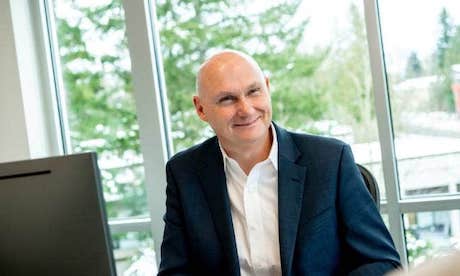New Zealand company, Pushpay, will see business pick up now from churches in the United States.
Pushpay services include a web-enabled giving platform and online donor management.
Net profit fell 15 percent for the year ended March 31.
One of the issues facing Pushpay has been the recent sale of shares by key investors.
That includes outgoing chief executive Bruce Gordon, who sold 1.4 million shares last month, and rich listers the Huljich family.
The Huljichs have been involved with the business since it listed on the NZX in August 2014 for 37c per share.
The family sold 25 percent of its stake when the shares hit a high of $9.25 a share in July.
The stock fell 8 per cent on the day the family sold and was down 3 percent the day Gordon sold his stake.
“The recent sell-down by insiders is a result of strong share price performance and the first opportunity since the impact of Covid-19 to take some profits,” Forsyth Barr analyst Jamie Foulkes says.
Forsyth Barr forecast a leap in net profit to US$36 million for the current financial year and US$54.6 million in two years.
Pushpay is currently used by 10,900 customers, including evangelical giants such as Hillsong New York and CedarCreek.
Churches were not immune to the economic effects of the COVID-19 pandemic.
Many small churches have been forced to close permanently in recent months.
However, many churches are now looking to re-open, allowing physical church services.
There has also been Church consolidation, with the more established megachurches expanding.
This would benefit Pushpay.
Foulkes says digital giving is still likely to remain the predominant method of donation because of concerns over handling cash.
Digital giving was as high as 99 percent in some US churches, compared with cash.
Churches still received cheques in the mail, but even older churchgoers were taking to digital giving.
